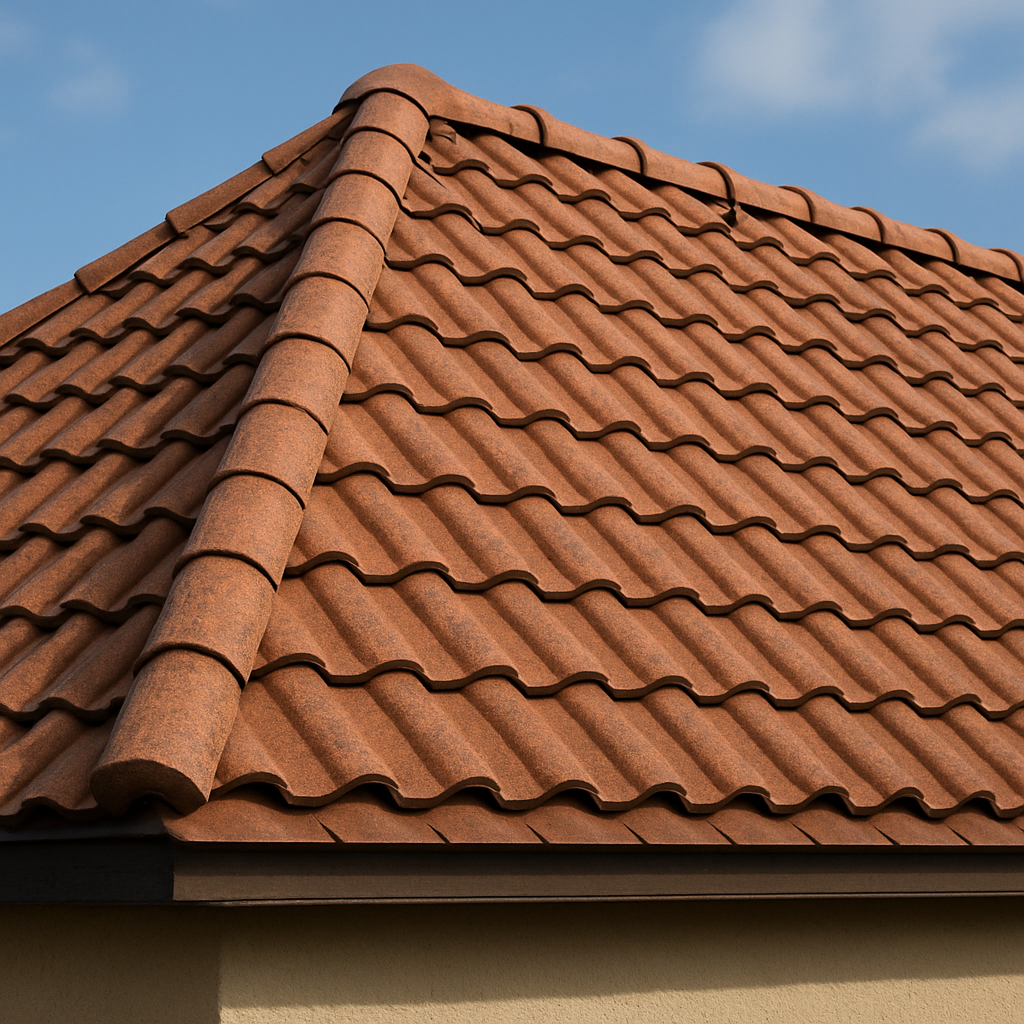Roof ventilation is an often overlooked but crucial element in maintaining a healthy and efficient home. Proper roof ventilation allows for the continuous circulation of air through the attic and roof space, helping to regulate temperature and moisture levels. This regulation can prevent various issues, such as mold growth, ice dams, and premature roof aging.
Without adequate roof ventilation, heat and moisture can build up in your attic. During the summer, this heat can cause your air conditioning to work overtime, leading to higher energy bills. In the winter, trapped moisture can create the perfect environment for mold and mildew to grow, which can damage your home’s structure and affect indoor air quality.
Understanding how roof ventilation works and why it is essential can help you make informed decisions about your home’s roofing needs. By learning about the different types of roof ventilation systems and their benefits, you can ensure that your roof remains in good condition and your home stays comfortable year-round.
What is Roof Ventilation?
Roof ventilation involves the circulation of air through the attic and roof space, which helps control temperature and moisture levels. A well-ventilated roof allows hot air to escape in the summer while preventing excess moisture buildup in the winter. This constant airflow keeps your home cooler in warm months and drier in cold months, reducing the risk of damage to your roof and home.
A roof ventilation system typically includes several components working together to ensure proper airflow. These components include intake vents and exhaust vents. Intake vents are usually placed along the soffits or eaves of the roof, allowing cool air to enter. Exhaust vents are located near the roof’s peak or ridge, where hot air naturally rises and exits. Together, these vents create a continuous flow of air through the attic space, effectively regulating temperature and moisture levels.
Types of Roof Ventilation Systems
Ridge Vents
Ridge vents are installed along the peak of the roof and run the entire length of the roofline. They allow hot air to escape through the top, which is where it naturally rises. Ridge vents are discreet and blend seamlessly with the roof’s design, often making them a preferred choice for many homeowners.
Soffit Vents
Soffit vents are installed under the eaves of the roof. They allow outside air to enter into the attic space. This cool air then replaces the hot air that exits through the exhaust vents. Soffit vents can be continuous (running the length of the eaves) or individual vents spaced along the soffits.
Gable Vents
Gable vents are placed near the top of the gable ends of the house. These vents allow air to flow in and out of the attic space, helping to equalize the temperature inside. Gable vents are often visible from the exterior and can add a decorative element to the home’s facade.
Power Vents
Power vents use an electric fan to pull hot air out of the attic. These vents are often equipped with a thermostat to automatically activate the fan when the attic temperature reaches a certain level. Power vents are highly effective at removing hot air, but they do require electricity to operate, which can add to your energy costs.
Benefits of Proper Roof Ventilation
Extending Roof Lifespan
Proper roof ventilation helps extend the life of your roof by reducing the heat buildup and moisture levels in the attic. High temperatures can cause roofing materials to deteriorate faster, while moisture can lead to mold growth and rot. By ensuring good airflow, you can protect your roofing investment and delay the need for costly repairs or replacement.
Energy Efficiency and Cost Savings
A well-ventilated roof contributes to energy efficiency by keeping your home cooler in the summer and warmer in the winter. During hot weather, proper ventilation removes excess heat from the attic, reducing the load on your air conditioning system and lowering energy bills. In colder months, it helps prevent ice dams by keeping the roof’s surface temperature consistent, reducing the need for additional heating.
Preventing Moisture Buildup and Mold
Moisture buildup in the attic can cause a host of problems, including mold and mildew growth, which can damage the structure of your home and affect indoor air quality. Proper ventilation helps to expel moisture-laden air, preventing these issues from developing. This is particularly important in areas with high humidity or significant temperature swings, which can exacerbate moisture problems.
How to Ensure Effective Roof Ventilation
Steps for Assessing Your Current Ventilation
Begin by inspecting your attic for signs of poor ventilation, such as excessive heat, musty odors, or visible mold. Check that your vents, both intake and exhaust, are free from blockages and functioning correctly. Measuring attic temperature and humidity levels can also provide insights into the effectiveness of your ventilation system.
Tips for Improving Roof Ventilation
– Ensure soffit vents are clear of insulation and debris.
– Install additional vents if necessary, such as a ridge or gable vents, to increase airflow.
– Consider using power vents to remove hot air during particularly warm seasons actively.
– Make sure there is a balance between intake and exhaust vents to promote effective air circulation.
Importance of Professional Inspection and Maintenance
While homeowners can address some ventilation issues, it’s vital to have a professional inspection to identify underlying problems that may not be immediately apparent. Experts can assess the overall health of your roof ventilation system and recommend optimal solutions. Regular maintenance by professionals ensures your system remains functional and effective over time.
Conclusion
Understanding and maintaining proper roof ventilation is crucial for the longevity and efficiency of your home. By ensuring your roof is well-ventilated, you can extend its lifespan, increase energy efficiency, and prevent moisture-related problems such as mold and mildew. Regular roof maintenance that includes ventilation checks is essential for protecting your investment. Taking steps to assess and improve your current ventilation system can lead to significant cost savings and a more comfortable living environment.
It’s important to recognize that many roofing myths can lead homeowners to overlook ventilation needs. For expert advice on roof ventilation and maintenance, trust Brubaker Bros. LLC. Our locally-owned company in Hershey, PA, is dedicated to providing top-notch roofing solutions tailored to your needs. Contact our team today to schedule a professional inspection and ensure your roof remains in peak condition year-round.
Share the Post:




